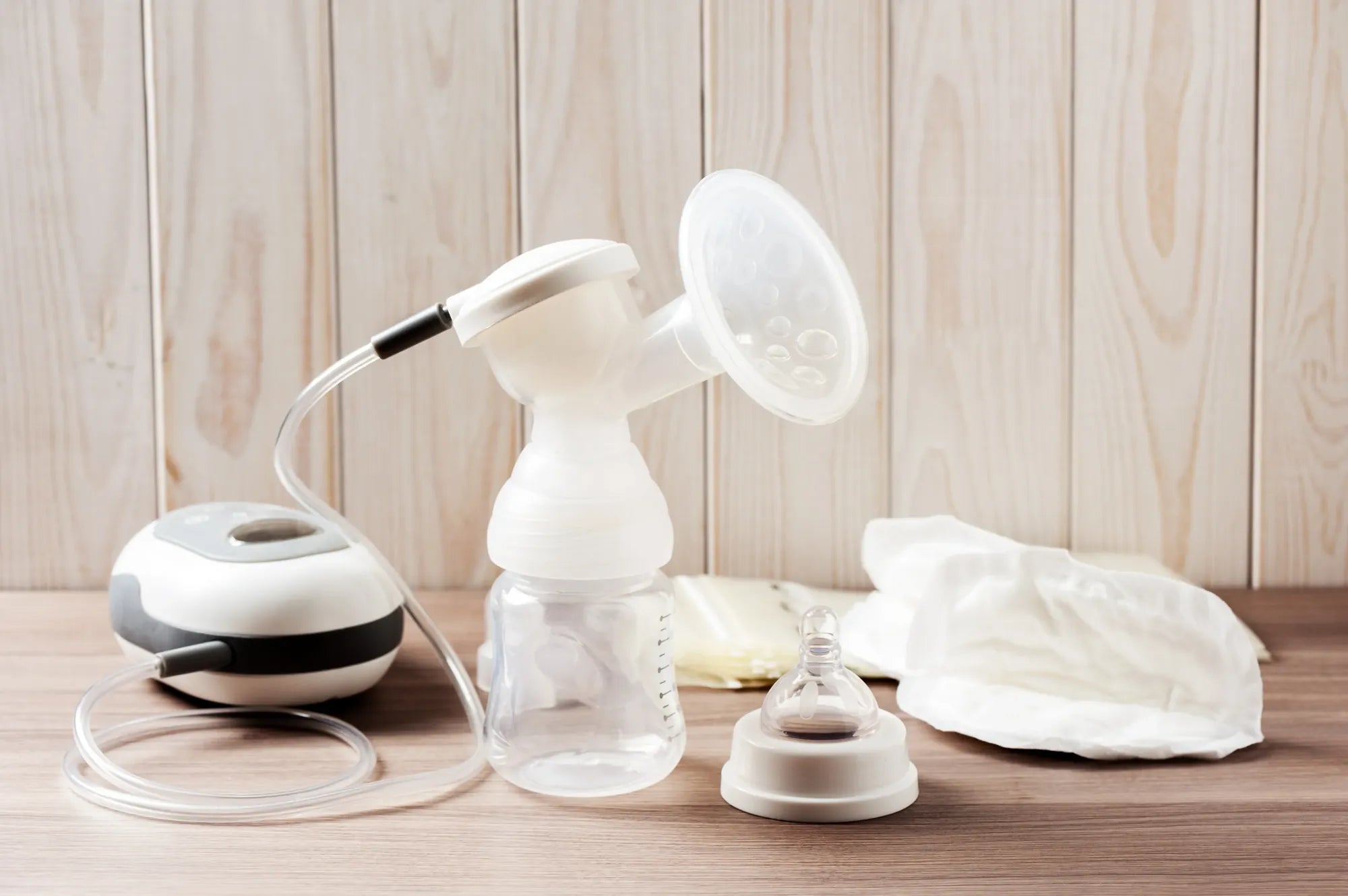Home
Pregnancy, Breastfeeding, and Pumping: The Ultimate Guide for Moms
How to Tell if a Breast Pump Works: A Comprehensive Guide

How to Tell if a Breast Pump Works: A Comprehensive Guide
Breastfeeding is a deeply personal and essential journey for many mothers, and having the right tools can make all the difference. A breast pump is one of those critical tools, but how do you know if it's working effectively? Understanding the signs of a well-functioning breast pump can save time, reduce frustration, and ensure that both mother and baby are comfortable. This guide will walk you through the key indicators to help you determine if your breast pump is doing its job.
Understanding the Basics of a Breast Pump
Before diving into the specifics of how to tell if a breast pump works, it's important to understand its basic components and functionality. A breast pump is designed to mimic a baby's natural sucking motion, extracting milk from the breast efficiently. It typically consists of a motor, a suction mechanism, and collection bottles or bags. The effectiveness of a breast pump depends on how well these components work together to create a comfortable and efficient pumping experience.
Key Indicators of a Functional Breast Pump
There are several signs that can help you determine if your breast pump is working as it should. Here are the most important ones to look out for:
1. Consistent Milk Flow
One of the most obvious signs that a breast pump is working is a consistent milk flow. If you notice that milk is being expressed steadily and in adequate amounts, your pump is likely functioning well. Inconsistent or minimal milk flow could indicate an issue with the pump's suction or settings.
2. Comfortable Suction
A good breast pump should provide a comfortable suction level that mimics a baby's natural feeding rhythm. If you experience pain, discomfort, or excessive pulling during pumping, it may be a sign that the pump is not working correctly. Adjusting the suction settings or checking for worn-out parts can often resolve this issue.
3. Proper Fit and Seal
The fit and seal of the breast pump flange are crucial for effective milk extraction. If the flange doesn't fit properly or there's a poor seal, the pump may not create adequate suction. Ensure that the flange size matches your breast size and that all connections are secure.
4. Efficient Pumping Time
A functional breast pump should allow you to express milk within a reasonable amount of time. If pumping sessions are taking significantly longer than expected, it could indicate that the pump is not working efficiently. Most mothers find that a well-functioning pump allows them to express milk within 15-20 minutes per breast.
5. Minimal Noise and Vibration
While some noise and vibration are normal, excessive or unusual sounds could be a sign of a malfunctioning pump. A well-maintained breast pump should operate smoothly and quietly, allowing you to pump discreetly if needed.
Common Issues and Troubleshooting Tips
Even the best breast pumps can encounter issues from time to time. Here are some common problems and tips to troubleshoot them:
1. Low Milk Output
If you're experiencing low milk output, check the suction settings and ensure that the pump is creating a proper seal. Additionally, try massaging your breasts before pumping to stimulate milk flow.
2. Pain or Discomfort
Pain during pumping is often caused by incorrect flange size or excessive suction. Adjust the settings or try a different flange size to see if it improves comfort.
3. Leaking or Spillage
Leaking or spillage can occur if the pump's connections are loose or if the collection bottles are not properly attached. Double-check all connections and ensure that the bottles are securely in place.
4. Motor Issues
If the motor is not functioning properly, the pump may not create adequate suction. Check the power source, replace batteries if necessary, or consult the user manual for troubleshooting steps.
Maintaining Your Breast Pump
Regular maintenance is essential to ensure that your breast pump continues to work effectively. Here are some tips to keep your pump in top condition:
1. Clean After Each Use
Thoroughly clean all parts of the breast pump that come into contact with milk after each use. This prevents the buildup of bacteria and ensures that the pump operates smoothly.
2. Replace Worn-Out Parts
Over time, parts like flanges, valves, and tubing can wear out and affect the pump's performance. Regularly inspect these components and replace them as needed.
3. Store Properly
Store your breast pump in a clean, dry place to prevent damage. Avoid exposing it to extreme temperatures or moisture, which can affect its functionality.
When to Seek Professional Help
If you've tried troubleshooting and your breast pump still isn't working effectively, it may be time to seek professional help. Contact the manufacturer for support or consult a lactation consultant for personalized advice. In some cases, it may be necessary to replace the pump entirely.
Knowing how to tell if a breast pump works is essential for a successful breastfeeding journey. By paying attention to the key indicators and maintaining your pump properly, you can ensure a comfortable and efficient experience. Remember, a well-functioning breast pump not only saves time but also supports your overall well-being as a mother. Take the time to assess your pump's performance and make adjustments as needed—it's a small step that can make a big difference.
Share
